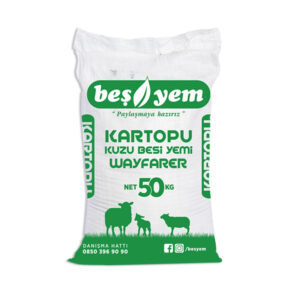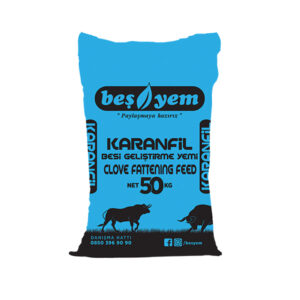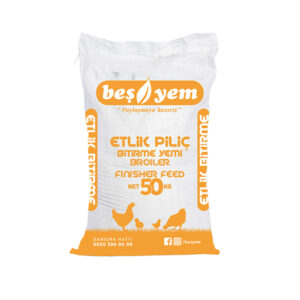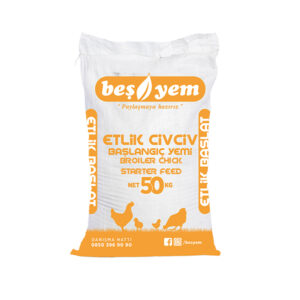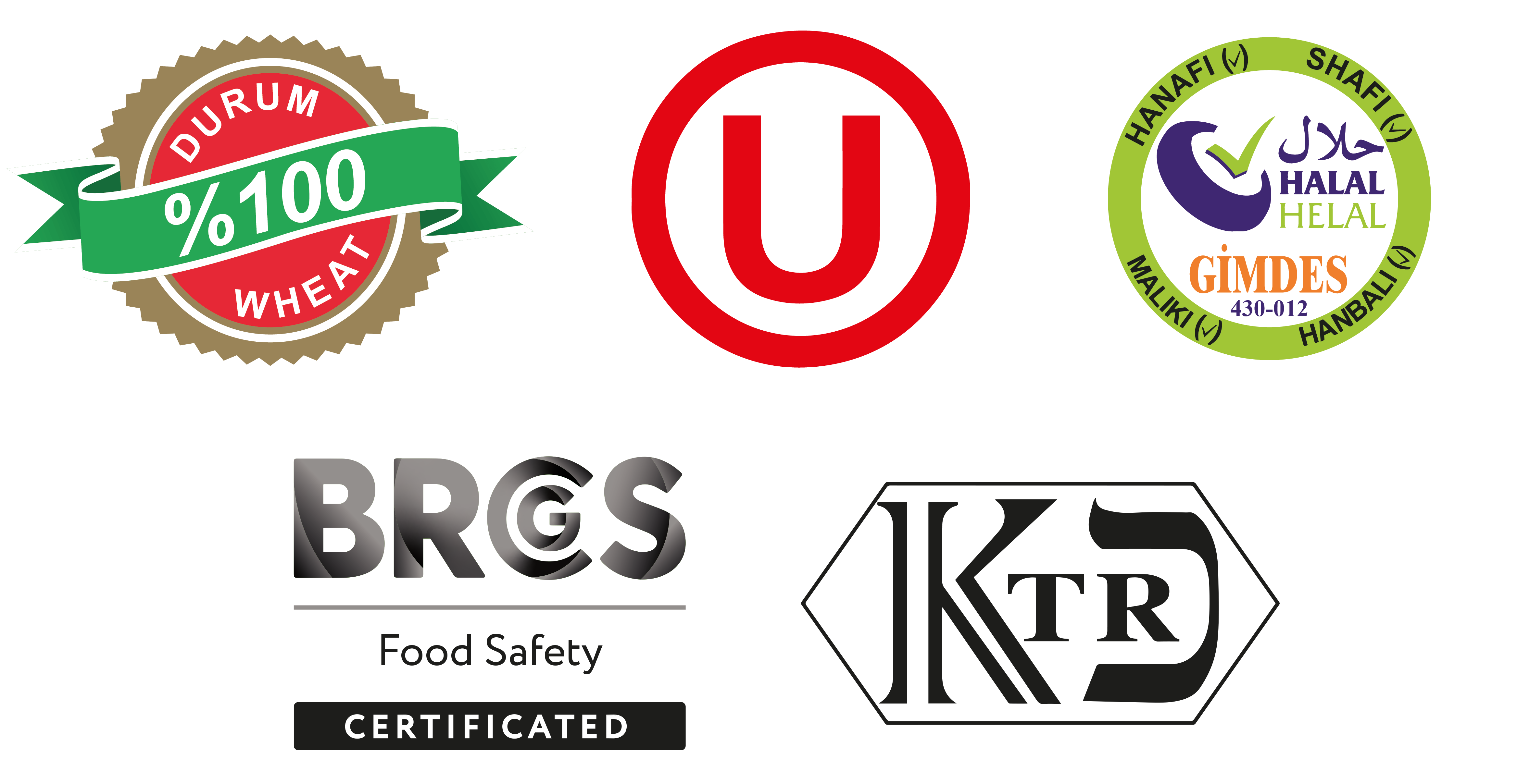Description
- In feeding milk cows, the balance between protein, energy, vitamin and mineral is very important. Failure in ensuring such balance results in loss in live weight or fat gaining.
- If energy is insufficient in the milk cow ration, milk yield and live weight reduce, and her resistance against illnesses decreases while estrus progresses in a hidden way and conception problems occur.
- If energy is insufficient in the ration, high-protein diets practiced improperly disturb protein-energy balance in favor of protein. Thus, lack of energy occurs and cows lose weight as a result of energy deficiency.
- Most helpful practice in feeding milk cows is to supply concentrated and coarse feeds to be consumed during a day after mixed them.
- Milk cows’ barns should be clean and airy.
- Cows should have constant access to high quality fresh and clean water so that they can drink whenever they want.
- Interrupted watering causes decrease in feed consumption and acidification in rumen.
Usage
- It may be used up to 5-13 kg daily base in addition to high quality coarse feed depending on cows’ milk yield and body fatness status.
- If it is impossible to mix the ration as a whole, 3-4 kg should not be exceeded per meal in interrupted feeding.
- If daily feed consumption is higher than 8 kg, number of meals should be increased to 3 or 4. Avoiding concentrated feed (including factory feed, barley, wheat, pulp etc.) amount exceeding 3-4 kg per meal is helpful in preventing acidosis (rumen acidification) and diet-related hoof diseases.
- In feeding milk cows, the balance between protein, energy, vitamin and mineral is very important. Failure in ensuring such balance results in loss in live weight or fat gaining.
- If energy is insufficient in the milk cow ration, milk yield and live weight reduce, and her resistance against illnesses decreases while estrus progresses in a hidden way and conception problems occur.
- If energy is insufficient in the ration, high-protein diets practiced improperly disturb protein-energy balance in favor of protein. Thus, lack of energy occurs and cows lose weight as a result of energy deficiency.
- Most helpful practice in feeding milk cows is to supply concentrated and coarse feeds to be consumed during a day after mixed them.
- Milk cows’ barns should be clean and airy.
- Cows should have constant access to high quality fresh and clean water so that they can drink whenever they want.
- Interrupted watering causes decrease in feed consumption and acidification in rumen.
- Technical support from our regional sales managers for more detailed ration studies will be helpful for you.
Why is that Lale Feed For Dairy Cattle
- Lale Feed for milk cows is a well-balanced feed with respect to protein and energy.
- Lale Feed for milk cows is a well-balanced feed with respect to protein and energy.
- Furthermore, its high energy content satisfies rations’ energy demand.
- Thanks to its high quality raw material content, it provides high quality nutrients with high availability.
- Lale Feed for milk cows is a special feed designed to ensure protein-energy balance to supplement energy deficiency in a ration made of protein-rich dry coarse feeds and/or oily seed cakes.

 Français
Français 

